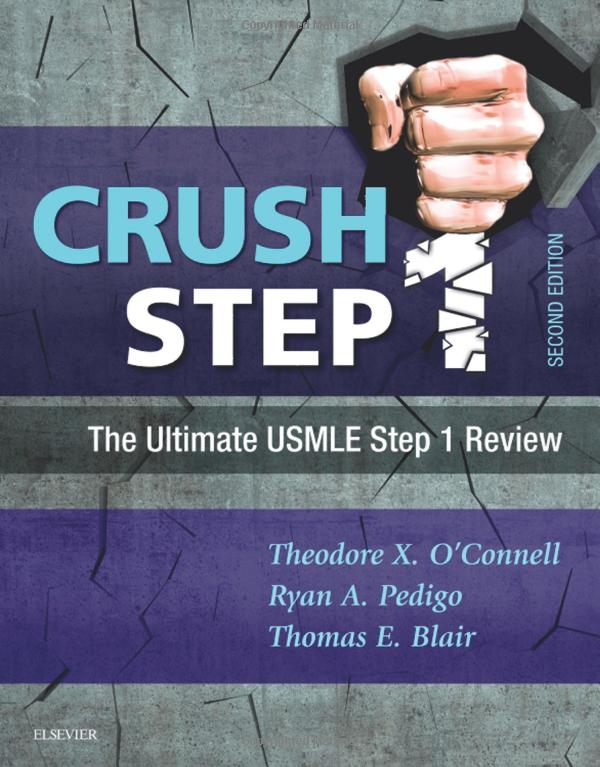A 28-year-old man presents to his primary care physician for evaluation of night sweats and cough over the past 2 months. His past medical history is significant for Crohn disease, which has been well managed on infliximab. Vitals are significant for a temperature of 100.1°F (37.8°C) and BMI of 21 kg/m2 which is decreased from 23 kg/m2 6 months ago. Physical examination is significant for lymphadenopathy and crackles on lung auscultation. During the examination, the patient coughs and produces a small amount of blood tinged sputum.
Which of the following tests is most helpful in confirming the most likely diagnosis?
A) Acid fast bacilli stain of sputum
This patient is showing signs of tuberculosis, likely as a complication of taking infliximab. Anti-tumor necrosis factor-alpha (TNF-alpha) monoclonal antibodies such as infliximab predispose patients to infection, including reactivation of latent tuberculosis. This is largely due to the role of TNF in granuloma formation and maintenance.
Answer choice B: Bronchoalveolar lavage, is incorrect. This would be most useful in detecting Pneumocystis jirovecii, a yeast that causes pneumonia in immunocompromised patients. It classically appears in patients with human immunodeficiency virus (HIV) infection and a CD4 count under 200.
Answer choice C: Colonoscopy with mucosal biopsy, is incorrect. This would be useful in diagnosing Crohn disease. Although this patient Crohn's disease management may need evaluation, this test would not determine the cause of his pulmonary symptoms. Additionally, the extraintestinal manifestations of Crohn disease do not align with this patient’s symptoms and instead include polyarthritis, uveitis, pyoderma gangrenosum, and erythema nodosum.
Answer choice D: India ink stain of cerebrospinal fluid (CSF), is incorrect. This would be useful in detecting encapsulated organisms such as Cryptococcus neoformans, which can cause meningitis in immunocompromised individuals. Although this organism can also pneumonia, this patient’s symptoms and medication history more closely align with a tuberculosis infection.
Answer choice E: Magnetic resonance imaging (MRI) of the chest, is incorrect. Although an MRI may reveal apical densities consistent with this patient’s infection, it will not confirm the causative agent. Additionally, it is resource intensive and would involve unnecessary radiation.
Key Learning Point
TNF-alpha inhibitors such as infliximab predispose patients to infection including reactivation of tuberculosis which can present with cough, night sweats, hemoptysis, and weight loss among other symptoms.


